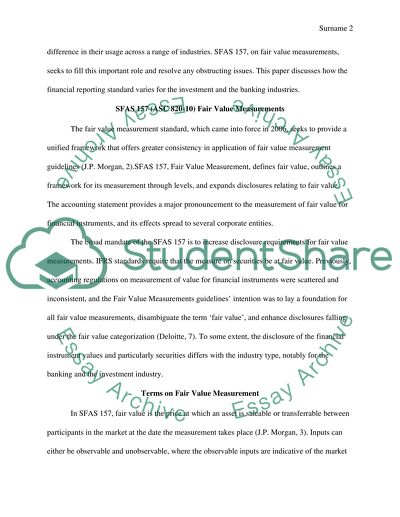Cite this document
(“Accounting For Financial Instruments For Securities and Investment Term Paper”, n.d.)
Accounting For Financial Instruments For Securities and Investment Term Paper. Retrieved from https://studentshare.org/finance-accounting/1444177-fair-value-measurements
Accounting For Financial Instruments For Securities and Investment Term Paper. Retrieved from https://studentshare.org/finance-accounting/1444177-fair-value-measurements
(Accounting For Financial Instruments For Securities and Investment Term Paper)
Accounting For Financial Instruments For Securities and Investment Term Paper. https://studentshare.org/finance-accounting/1444177-fair-value-measurements.
Accounting For Financial Instruments For Securities and Investment Term Paper. https://studentshare.org/finance-accounting/1444177-fair-value-measurements.
“Accounting For Financial Instruments For Securities and Investment Term Paper”, n.d. https://studentshare.org/finance-accounting/1444177-fair-value-measurements.


